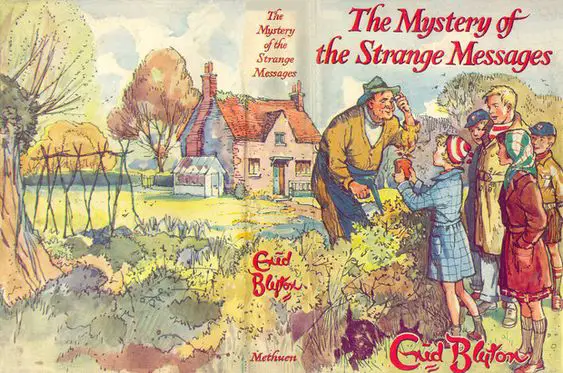If writing novels—and reading them—have any redeeming social value, it’s probably that they force you to imagine what it’s like to be somebody else.
Margaret Atwood, Second Words
Strangeness is a necessary ingredient in beauty.
Charles Baudelaire
Don’t Forget How Strange This All Is from Raptitude
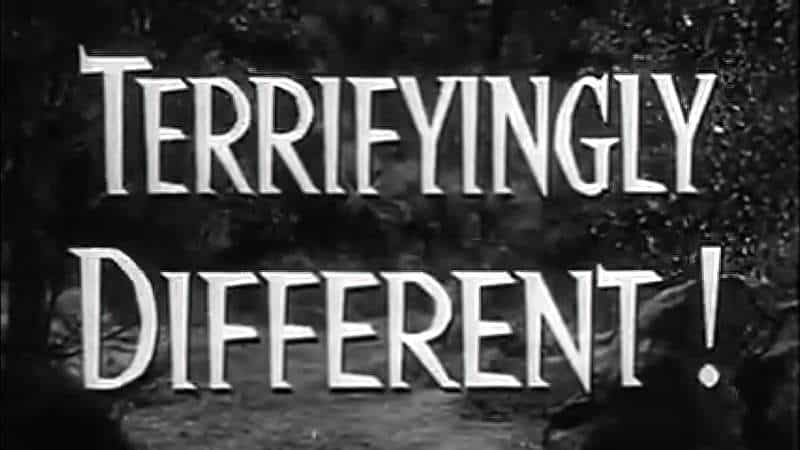
WHAT IS DEFAMILIARISATION?
[Defamiliarisation is] taking something and trying to see it anew and then noticing what you might not have seen before.
Ace: What Asexuality Reveals About Desire, Society, and the Meaning of Sex by Angela Chen
To defamiliarise is to make the familiar seem unfamiliar. Defamiliarisation is one of the writing techniques in the Modernist’s toolkit. By presenting something as unfamiliar to an audience, storytellers and artists require the audience to look at it afresh. Defamiliarisation challenges the audience.
It is the function of art to renew our perception. What we are familiar with we cease to see. The writer shakes up the familiar scene, and as if by magic, we see a new meaning in it.
Anais Nin (1968)
The term “defemiliarisation” was coined by Russian formalist Viktor Shklovsky in his essay “Art as Device” (1917). He called it “ostranenie“, which may also translate to “making it strange”.
Since defamiliarisation makes something more strange, it follows that this is a technique seen more in some genres than in others.
Gothic travel and tourism texts offer misreadings , deadly, revelatory cultural and personal confusions. Defamiliarisation and the uncanny predominate.
Gina Wisker


HOW IS IT DONE?
MAKE USE OF POETIC LANGUAGE
Storytellers sometimes write in everyday prose, but at the other end of the spectrum we have highly poetic language. Highly poetic language defamiliarises.
‘Multivocality’ is another language related defamiliarisation technique. When a single work contains a multitude of ‘voices’ (dialects, idiolects, familects etc.).
The more foreign the language, the more defamilising it’ll be. (Peak ‘foreign’ is when the storyteller uses actual foreign language.)
POINT OUT THE INCONSISTENCIES IN EVERYDAY LANGUAGE
Here’s an excellent example:
In “Ringing the Changes,” one of the great Robert Aickman’s best-known “strange stories,” a woman asks her husband why a place in their inn is called “The Coffee Room” when no coffee is served there. He chalks it up to the lucus a non lucendo explanation, which he explains as the “principle of calling white black.” Out of the darkness comes the authoritative voice of the inn’s only other guest: “On the contrary. The word ‘black’ comes from an ancient root which means ‘to bleach.’” This etymological lesson gets to the core of Aickman’s particular brand of horror writing: strangeness is everywhere, even in the simplest of words. Like the best horror writers, Aickman is a consummate realist. The “real” and “supernatural” worlds are not distinct realms but rather as intertwined as the etymologies of black and white.
The Millions review of Cold Hand In Mind by Robert Aickman
SWITCH TO AN UNUSUAL POINT OF VIEW
Black Beauty by Anna Sewell (1877) was written it in the last years of Sewell’s life ‘to induce kindness, sympathy, and an understanding treatment of horses’. The story is written from the horse’s first ‘person’ point of view. In fact, Black Beauty was the last of the great first person narratives in the Listen-to-my-life series. Readers were used to reading about horses from the point of view of humans — by imagining what it’s like to be a horse, Sewell successfully defamiliarised her readership. The book Black Beauty laid the foundation for the Royal Society for the Prevention of Cruelty to Animals.
This form of defamiliarisation is not limited to children’s books; Tolstoy also wrote a book from the point of view of a horse (Kholstomer).
Sticking to horses for a minute, BoJack Horseman says a lot of new things about contemporary life (depression, asexuality and so on) by making use of a horse as main character, surrounded by other animal characters. There are many reasons storytellers make use of animals instead of humans in stories, and can seem odd when the ‘animals’ are 100% anthropomorophised (animal only in form).
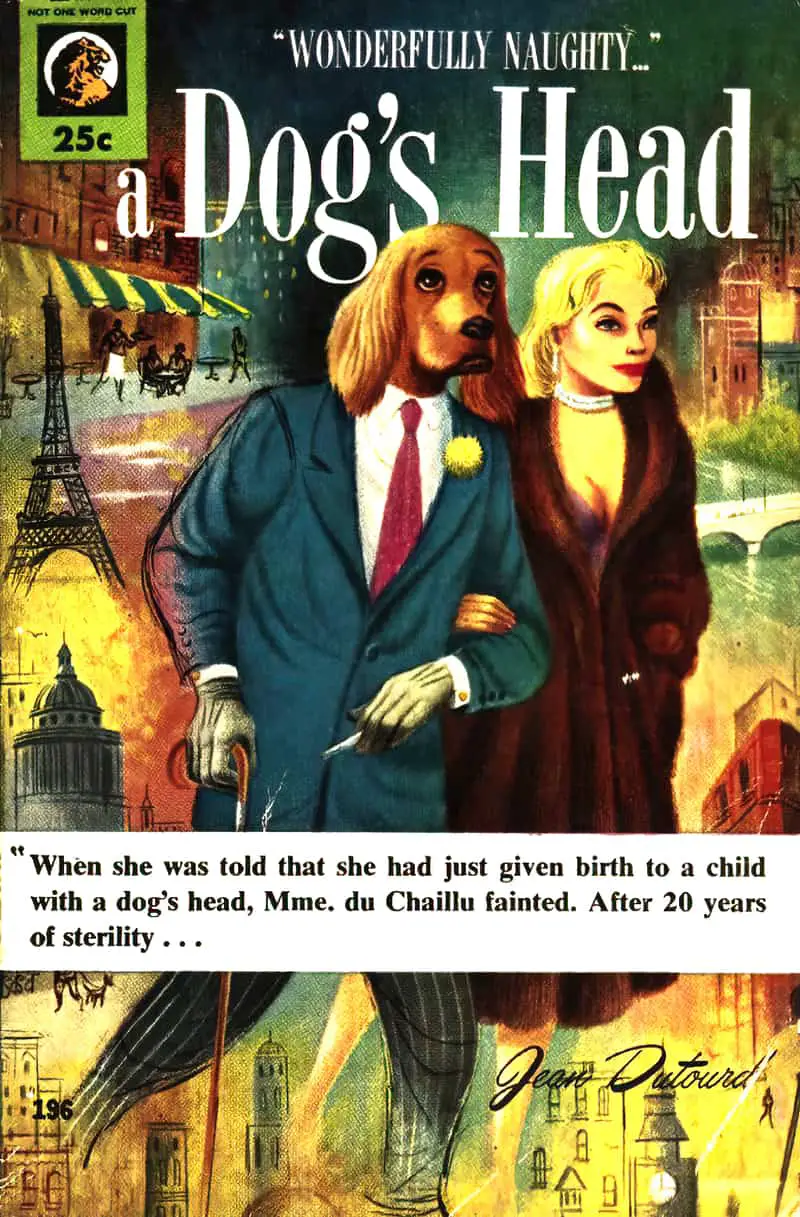
Defamiliarisation is one reason a storyteller may choose animals as main characters.
Futurama makes use of aliens to defamiliarise.
Some stories focus on the ‘oddballs’ of society — social outcasts who enable the Normals to see their unquestioned customs from a new/satirical point of view. Eleanor Oliphant is an excellent example. A similar but Japanese example is the main character of Convenience Store Woman. These two characters see the world differently than most. They are the sort of people many would shun in real life. But the novels require us to empathise with them, and as we better understand their worldview, perhaps we become more tolerant of difference ourselves. The other useful function of the oddball main character: We see the ridiculousness of everyday life.
TV and film offers less opportunity for interiority than the written word, but the character of Doc Martin is another example of the defamiliarised oddball, shining a light on human foibles as they commonly emerge at the local doctor’s surgery.
UTILISE AN UNUSUAL SETTING
Setting, likewise, exists on a continuum between realistic and total fantasy. Fantasy exists partly to defamiliarise our own environments, requiring us to critique what we had previously taken for granted. In this way, fantasy is really about the real world.
Another major defemiliarisation technique: Don’t let the audience forget they are watching fiction. Don’t encourage them to become fully absorbed in the story. We have a word for this: metafiction.
UTILISE THE CARNIVALESQUE
‘Carnivalization‘ is a means to achieve a distance from cruel aspects of reality.
An example of ‘carnivalization’ common in fiction for younger readers is use of allegorical names for people and places, which would never occur in real life, but which say something meaningful about the story at hand. (Gogol and Evelyn Waugh do this also.)
An example of an author for adult readers who has perfected the use of carnivalization is Franz Kafka. The technique is strangely accepted in the work of Kafka, but is often questioned by critics when the same thing appears in children’s books. (The children! The children! Won’t somebody think of the children!)
JUXTAPOSE
There are various ways storytellers can juxtapose.
Bathos is one kind of juxtaposition:
Bathos is a story-telling technique that follows serious ideas with the commonplace or ludicrous. The juxtaposition of these ideas creates humor.
TV Tropes
Here’s a fairly complete list of them.
DEPERSONALISE
People felt themselves watching him even before they knew that there was anything different about him. His eyes made a person think that he heard things that no one else had ever heard, that he knew things no one had ever guessed before. He did not seem quite human.”
Carson McCullers, The Heart Is a Lonely Hunter
Depersonalisation: the action of divesting someone or something of human characteristics or individuality. Depersonalisation is the inverse of individuation.
Most modern storytellers aim to individuate characters. Common wisdom tells us that audiences are most moved when stories are character based, even when they’re not overtly character based. (Jaws is character based even though it’s ostensibly about a shark who eats people. Jaws is really about a father’s way of dealing with masculinity and finding his place in a community.)
Some older forms of stories made no attempt to individuate main characters e.g. cosmic horror.
When contemporary storytellers create a character who seems strange or foreign to us, they are creating a defamiliarisation effect. One way writers commonly depersonalise a character: Make them creepy. (This is based on science, I kid you not.)
By the way, depersonalisation means something slightly different in the field of psychology: a state in which one’s thoughts and feelings seem unreal or not to belong to oneself.
MAKING IT META: THE ESTRANGEMENT EFFECT
Based on the Viktor Shklovsky’s ideas about defamliarisation, you’ll hear some similar terms.
Not surprising, perhaps, German language has a word which means “making strange something that is known or familiar”: Verfremdung.
Verfremdungseffekt = Estrangement effect.
This German term was coined by German playwright Bertolt Brecht and defined later by Gerhard P. Knapp, University of Utah in the article Verfremdungseffekt (2006). Knapp’s paper helped the word catch on.
Some people translate Verfremdungseffekt into English as “alienation effect”. “Alienation” isn’t a great translation due to its connotation of being “put off”. Storytellers who make use of these effects are not aiming to put audiences off. (What storyteller wants to do that?) Instead they are aiming to get audiences thinking critically about the work.
Since the original German is a bit of a challenge to remember and spell, many shorten it to “V-effekt”. As you can see, it’s a fairly recent term. Before 2006, English speakers used a different translation — in 1964 John Willett translated Bertolt Brecht’s term as “distancing effect”. Both “estrangement effect” and “distancing effect” are different translations of the same German word.
But what is it, and how is it different from Viktor Shklovsky notion of defamiliarisation?
“Verfremdungseffekt” is used to describe storytelling techniques which deliberately ask an audience discard the idea that the ‘reality’ of the stage is a true representation of reality.
These days, plays and film have different basic functions: Plays make use of all sorts of distancing techniques, whereas the proximity of the camera to character, combined with editing techniques, means modern film is better suited than the stage to creating immersive verisimilitude.
Basically, V-effekts refers to the techniques which make a fictional work meta. V-effekts include:
- breaking the fourth wall by having a character talk directly to an audience
- reminding a theatre-goer that they are sitting in a theatre, perhaps by using minimal backdrops
- stories within stories (moving through diegetic levels)
- prologues
The point of metafiction and the V-effekts which create it: Audiences are not meant to feel overwhelmingly emotionally invested in the story. Rather, we are meant to sit at a distance and consider the moral questions/dilemmas/politics/ideologies of the story in a more intellectual way.
FOR DISCUSSION
Bertolt Brecht was a little suspicious about stories (specifically plays) which drew their audience in and made them feel things deeply. He considered such plays manipulative. He felt that if an audience was sucked in to a story, this lulled them into a dull, unthinking, zombie-like state. This state could switch off the critical faculties.
Brecht (1898 – 1956) had good reason to think people needed to switch on their critical faculties and keep them switched on. He lived in a time which required Germans to either go with or actively resist Nazism. Too many failed to resist. Brecht saw how emotion (e.g. fear) can be dangerously contagious. Also, someone who strongly empathises emotionally is not necessarily good in understanding another’s perspective. (They’re too busy feeling and don’t have the spoons to understand.)
It’s useful to make a distinction between types of empathy. Brecht wanted his audiences to feel cognitive empathy for his characters, but not necessarily affective empathy: He wanted audiences to understand the plight of characters, but not to feel their plights deeply.
- ‘Manipulative’ has negative connotations. Is it ‘manipulative’ for a work of fiction to create real emotion in an audience?
- Can you think of examples of stories which made you feel deeply and also made you think about real world issues?
- Think about your favourite stories. Do they make use of V-effekts? Or do you prefer stories which aim to immerse you fully inside a fictional world?
- Can you think of any fully immersive stories which succeed in conveying a hugely problematic ideology, made worse by the very fact that the stories themselves are so good?
- As much as Brecht despised fully immersive stories, he tried his darndest to write an intellectually engaging play in Mother Courage and Her Children. Audiences loved the play, but Brecht accidentally created a highly empathetic character in the stubborn old woman. Is it even possible to write a good story without requiring the audience to immerse themselves in it, and align themselves with the fictional characters?
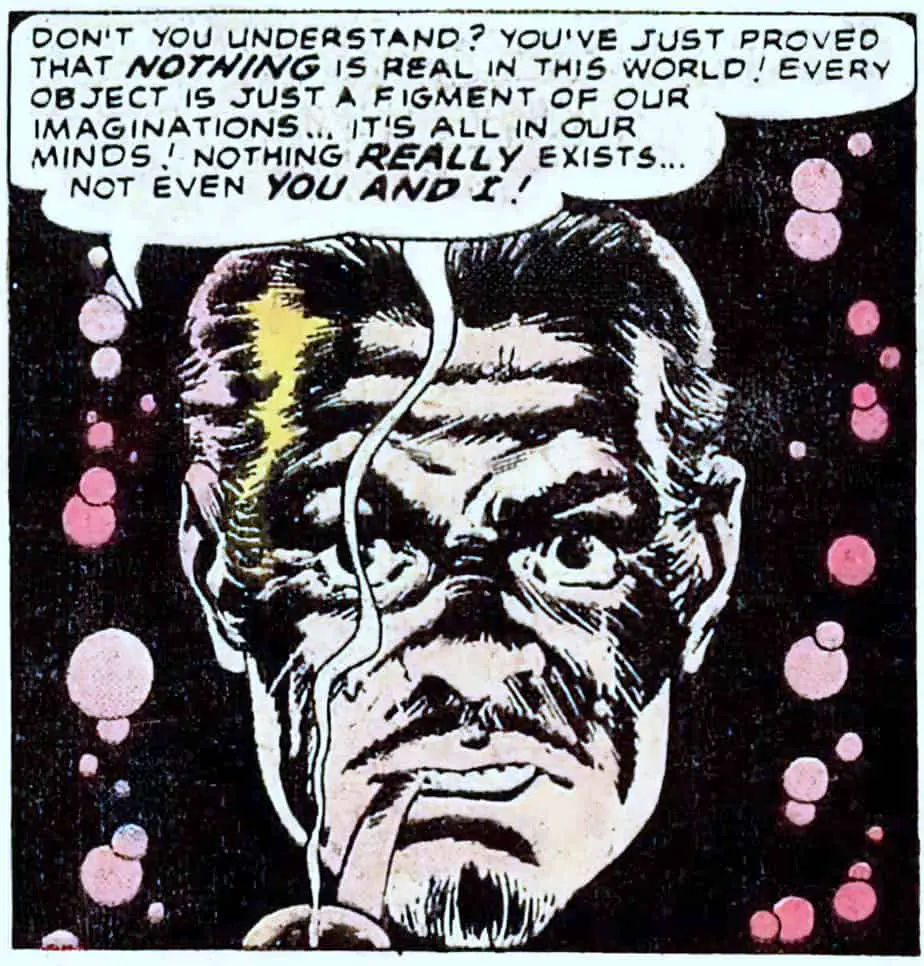
Author Adrian Tchaikovsky has some interesting things to say about the Other. His Children Of series gets inside the minds of spiders, octopuses and artificial intelligence respectively:
We all, as a species, at a very basic level, are very committed to the idea of “everyone has an I”, and the “I” is consistent. You can judge a person and that person will act in a certain way. And of course, the more this is studied the less it appears to be true. I accept these days, for example, if you ask me what my favourite this or that is, I will have a different answer every time. And that’s just how things go because myself and my opinion, whatever I’m into at the time. They don’t go everywhere but [exist in] a … cloud of possible ways things might go depending on what kind of day I’ve had, honestly.
The key thing when describing this for the non-human species … it’s getting [readers’] head around the idea that it’s perfectly normal not to have that, and not to want that. And to be able to argue quite cogently that they are not necessarily not that kind of individual thinking being. And really, I feel that’s the very heart of science fiction that’s looking at the Other. It’s getting to the point where you can talk about it from the Other’s point of view as if all those strange and alien concepts are basically business as usual.
Highlighting the alien-ness of it, weirdly enough, detracts from bringing that alien-ness to the reader. Because the reader can say, “Oh yes, that’s very strange and alien. It’s this alien thing, I don’t really need to understand it.” Whereas if you’re looking at it from the inside of an alien head, or an octopus head in this case, it’s most profoundly alienating because it’s normal, because it’s not in any way sort of off-putting to the entities that are experiencing it.
Adrian Tchaikovsky, author of Children of Time, Children of Ruin, Children of Memory talking on the Ezra Klein Show: Inside the Minds of Spiders, Octopuses and Artificial Intelligence
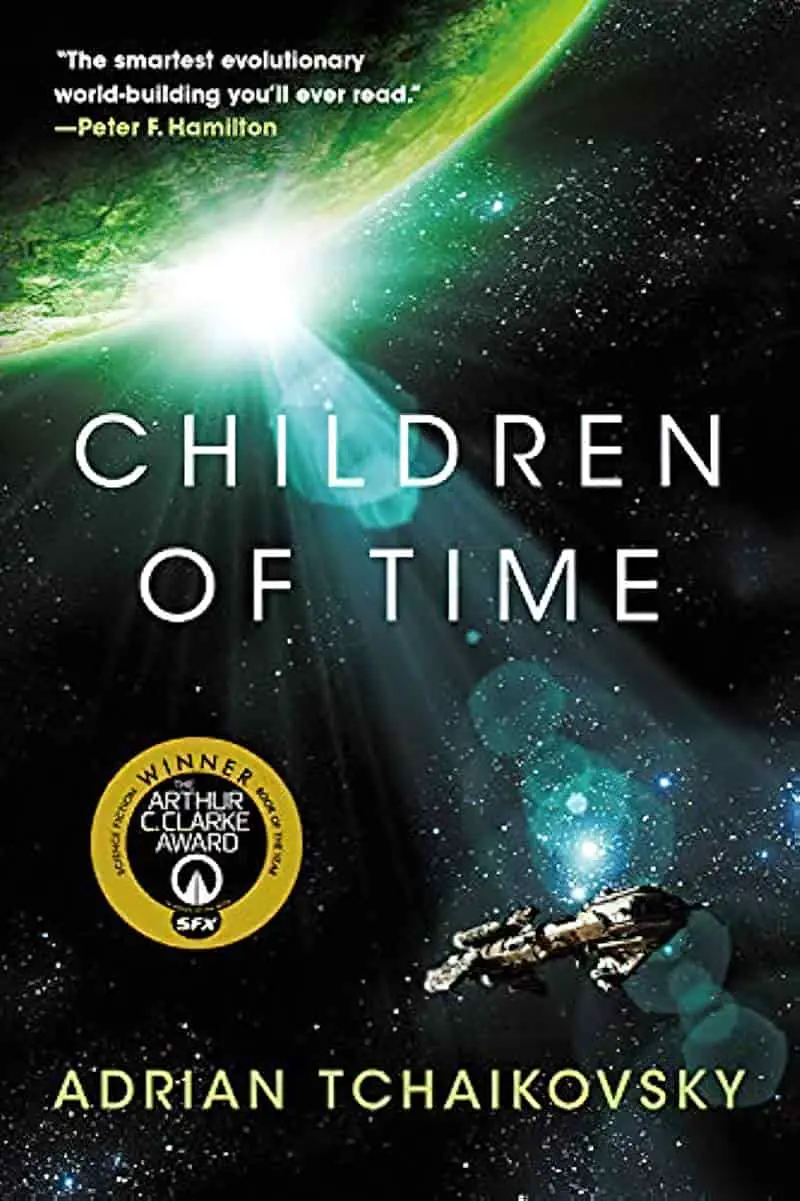
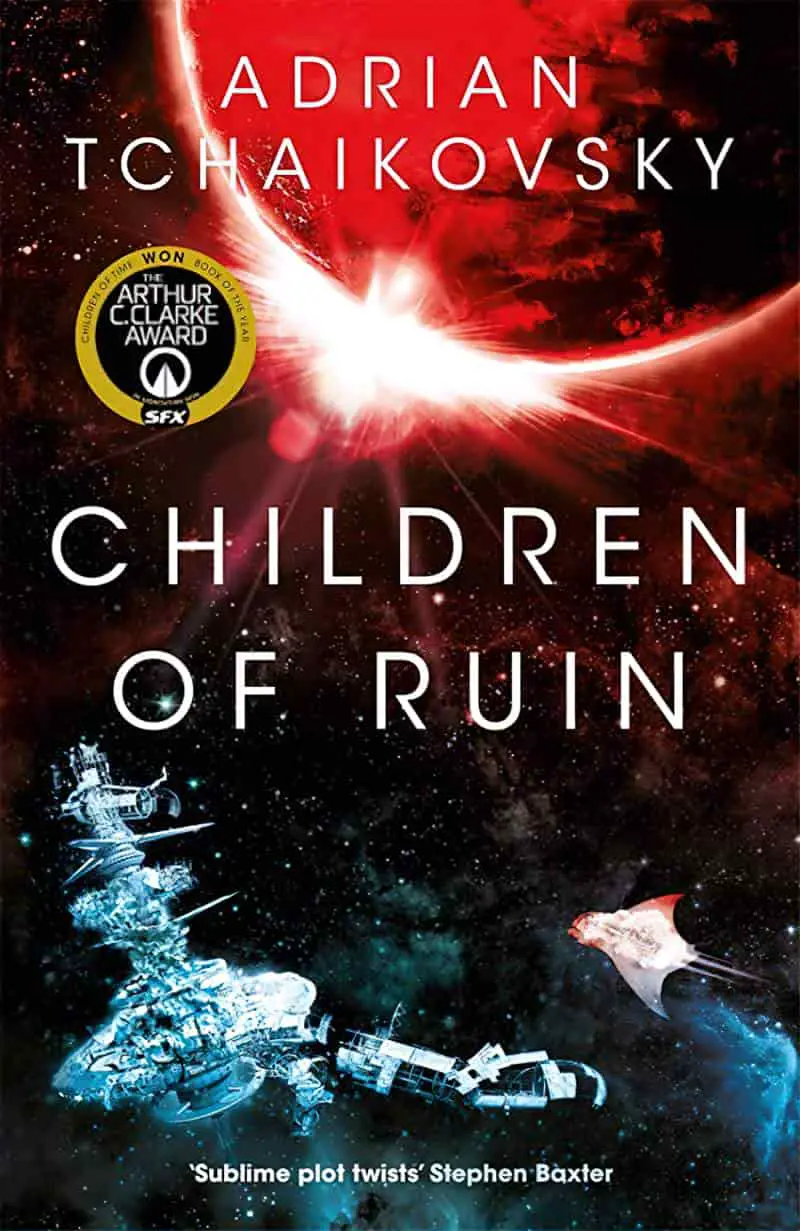
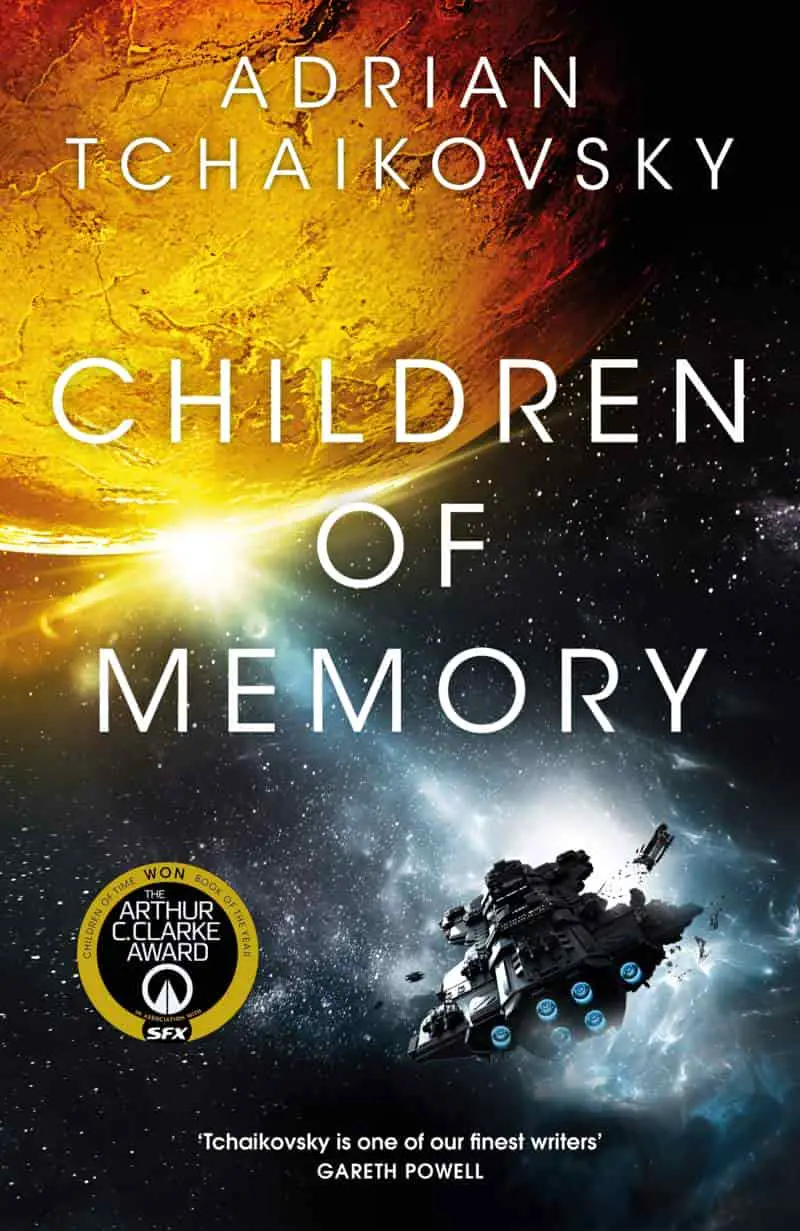
CONTRAST WITH
The modern writerly ideal of full immersion is exemplified in the definition of fictional dream, below:
Fictional dream. The illusion that there is no filter between reader and events, that the reader is actually experiencing what [they are] reading. The stronger the fictional dream, the more immediate the story. Disrupting the fictional dream is usually bad. Pointless digressions, expository lumps, lists, turgid prose, unrealistic characters, or a premise with holes in it, all disrupt the fictional dream. (John Gardner)
A Glossary of Terms Useful When Critiquing Science Fiction
AGNOSTHESIA: the state of not knowing how you really feel about something, which forces you to sift through clues hidden in your behavior, as if you were some other person—noticing a twist of acid in your voice, an obscene amount of effort put into something trifling, or an inexplicable weight on your shoulders that makes it difficult to get out of bed.
The Dictionary of Obscure Sorrows
THE INVERSE OF DEFAMILIARISATION

I’m guessing we’d call this ‘familiarisation’. But is it a storytelling technique? Yeah, sure it is. Sometimes storytellers want to defamiliarise their audience, but other times they want to do the exact opposite.
Familiarisation is “that sensation of instant automatic familiarity”, to use the words of Arthur Chu.
How do storytellers familiarise their audience?
Leitmotifs
Chu offers the example of Wandavision, which has a very distinctive tune which we don’t consciously notice but is striking nonetheless.
Episode 7 (called “Agatha All Along”) changed it up. This episode was “instantly catchy” because it utilised the same tune utilised in the first six, but this time the melody was a big brass version, suggesting fanfare.
It’s that sensation of instant automatic familiarity No one was actually expecting a new theme song at that point in the episode, it was a huge surprise, and yet you could instantly hum along with it like every other theme song because it’s based on the exact same motif. And yet a lot of people didn’t consciously notice this, because the style of the song is so different from all the other ones (the motif is now played as a big brass section fanfare in a way we haven’t heard before). It’s at once familiar and unfamiliar, in a way that makes us feel like a weird trick has been played on us.
Arthur Chu
Chu also encourages us to consider the game Undertale, which does the same thing with its soundtrack.
I believe Six Feet Under utilised a number of different versions of their distinctive intro music. At least, a number of different versions are available out there in the world.
Other familiarisation tactics
- Employing an actor to play a very similar character to roles they’ve had before. (Typecasting)
- A promotional poster or book cover (paratext) which looks very familiar to what’s come before. This is generally considered savvy marketing, helping an audience to find the stories they’ll enjoy, but it also has a familiarisation effect.
- Character archetypes in general are a familiarisation tactic. Fairytale archetypes are especially recognisable, even heavily disguised in modern storytelling.
REASONS FOR FAMILIARISATION
Sometimes a writer wants to familiarise us so they can set up an expectation which they then subvert. This is a very sophisticated way of imparting a big idea. The ideas an audience has to work for, or suffer through, are the ones that stick.
Other times, stories want to focus on one aspect without making the audience work hard in other aspects. Comfort watches fall into this category. Some stories can even function as a comfort watch for one person but an enlightening experience for another, who is clearly experiencing the story in a different way.
FURTHER READING
The bias of experience will always try and win the day when we encounter a task or problem to solve. But just because you’ve always approached something in one particular way doesn’t mean you can’t explore another.
4 Ways to Rewire Your Brain for Creative Thinking
The ‘couth’ in the word ‘uncouth’ is related to the word ‘kith’, as in ‘kith and kin’, and means ‘known’. So, ‘uncouth’ originally meant ‘unknown’, then ‘unfamiliar, strange’, and only later came to mean ‘uncultured, bad-mannered’.
@qikipedia (Quite Interesting) on Twitter
Nacirema: Overfamiliarity with a subject can blind one to it. To maintain distance, describe it with unfamiliar language. US anthropologists studying fellow Americans refer to them as the Nacirema and write about them as if about a remote jungle tribe:
@G_S_Bhogal
